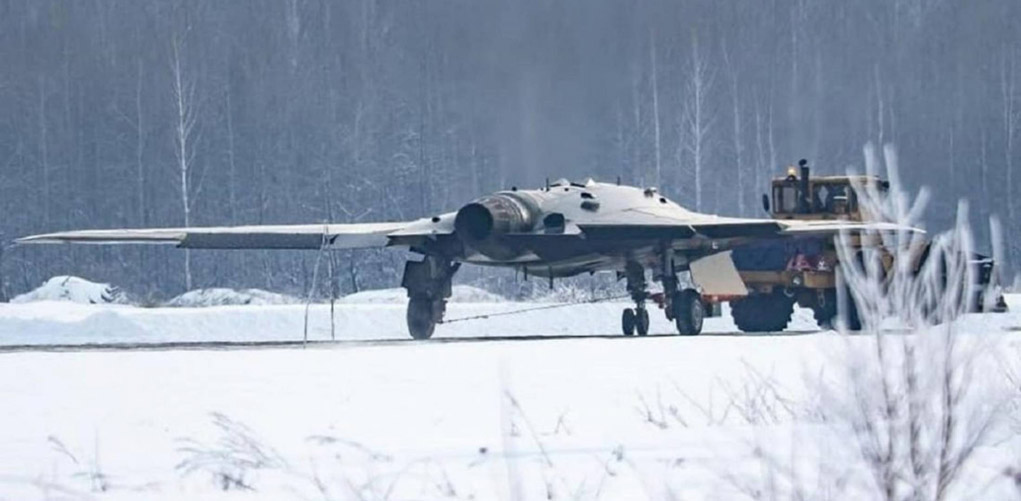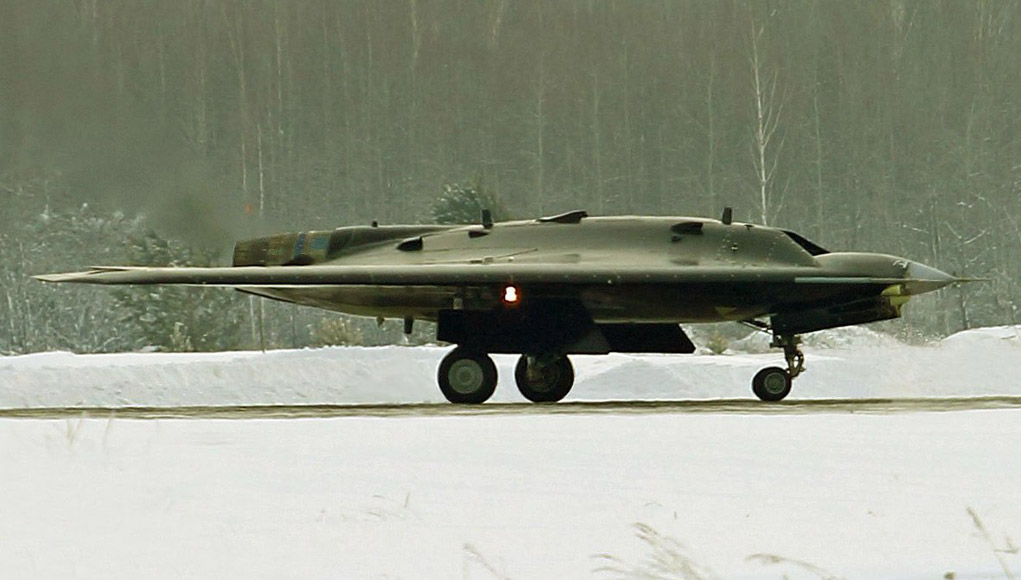The Russian Su-70 Okhotnik-B (Hunter) unmanned combat aerial vehicle (UCAV), developed by the Sukhoi Design Bureau, has made its maiden flight on Saturday, August 3rd. 2019. The news released by the Russian Defense Ministry on Saturday, according to Russian Tass news agency. No photos were released at the time of publication.
According to a Russian Ministry of Defense release, “The first flight took place at 12.20 Moscow time and lasted for over 20 minutes.” This first flight was designed to test the UCAV’s takeoff and landing capabilities. Okhotnik-B was controlled by a human operator throughout the flight, making several circles around the airfield at an altitude of 600 meters and then successfully landed. According to Tass news agency, quoting an unnamed industry source, more flights are scheduled this year to open the drone’s flight envelope and test its autonomous control capabilities levels. These could include full autonomous flight, from takeoff to landing.
Subscribe to read the full story
The drone is being tested at the Chkalov State Flight Test Centre, near Akhtubinsk in the Astrakhan Region, where Su-57 fighters were also tested. In May 2019 the President of the Russian Federation, Vladimir Putin, visited the center and viewed the Okhotnik-B, along with other drones, manned aircraft, and air defense systems. The Chkalov Centre is the largest test center of Russia’s Aerospace Forces.





















